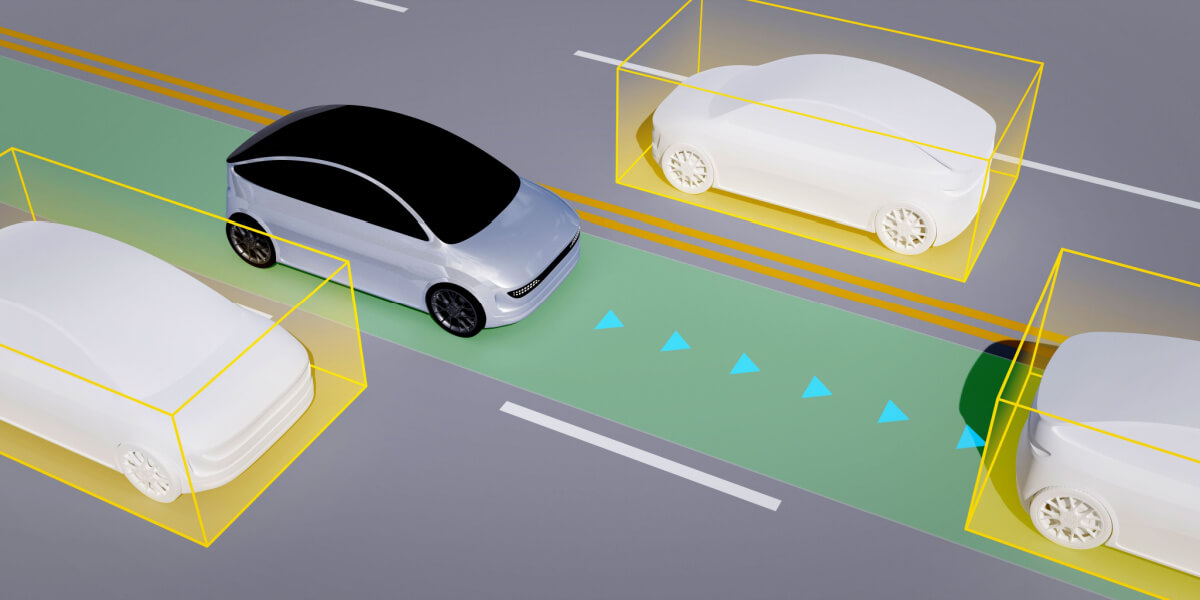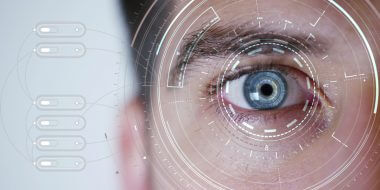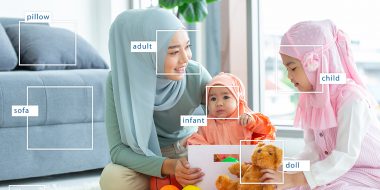Computer vision is uncovering unique business innovations and revenue streams across multiple industries. From autonomous drones, MRI systems, to self-driving cars and more. None of these technologies would have been possible without image annotation.
Image and data annotation may seem simple processes on the surface, but there’s more to it than meets the eye. Each day, the complexities within these processes get more sophisticated and structured as they advance into the latest models to meet evolving business requirements.
For instance, an agritech company would select an image annotation that helps them to understand crops better and ways to improve their growth. At the same time, an automobile brand would scout for an annotation tool that helps in seamless autonomous driving. Savvy companies are always on the lookout for newer advancements in these techniques to improve accuracy, reduce costs, and maximize end-user satisfaction.
Data annotation and data labeling have the potential to transform industry verticals radically. In this article, we discuss three prominent industries that can drive tangible business benefits by making strategic image annotation investments.
Related reading: How text annotation is enabling businesses take advantage of AI
Automotive
The automotive industry is seeing tremendous interest in autonomous self-driving cars. Popular image annotation applications in this space include:
Vehicle recognition
Track in-car behavior
Sometimes as humans we struggle to understand street signs. Similarly, self-driving cars can face confusing scenarios as well. Here’s where ADAS annotations for street sign detections prove instrumental. Besides this, to bolster safety and improve driver experience, facial expressions and behavior monitoring are a few in-car image annotations that can alert drivers when they are distracted or lack attention on the road, or are about to fall asleep.
Wide-eye vision
Autonomous vehicles need a comprehensive knowledge of their surroundings. A vision with polygons can differentiate between the sky, sidewalk, people, and road. But this can be a real challenge in urban high-traffic areas. Here’s where polygon image annotation helps optimally track all visual sensory data.
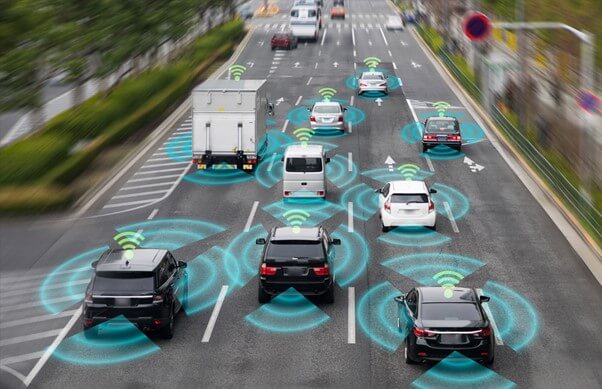
Agritech
With technology leaving no stone unturned across sectors, the implementation of data and image annotation in agritech comes as no surprise. Context-driven data labeling assists farmers to protect crops from unexpected damage.
For instance, can you imagine determining whether a particular soil is suitable for a specific crop through image annotation? That and so much more is exactly what the latest data and image annotation techniques are bringing to the table.
Here’s a closer look into how image annotation helps align operations for agritech businesses:
Livestock management
Bounding box image annotation helps count crops and animals through drones easily and within a fraction of the time it would take manually.
Maintaining crop health
Fungus-causing infections and insects can be easily identified through image annotation. Early detection of infections and pests can help ensure timely treatment, reduce potential damage, and save on costs for pesticides and more.
Geosensing
Imagine if you had a system or tool to identify the soil type and use it for the right crops. With semantic segmentation, it is possible to evaluate the quality and health of the soil and further determine its usage. Among many, John Deere is an agritech company that uses this annotation effectively.
Unwanted crop detection
Thanks to advanced detection systems, agricultural companies can now identify and differentiate wildflowers and weeds and factors that obstruct the plant’s growth. Semantic segmentation image annotation helps to restrict the intrusion of such plants among the actual crop.
Plant detection
Semantic segmentation image annotation tracks the crop’s maturity and fructification level which notifies the farmer about the estimated harvest time of the crop.
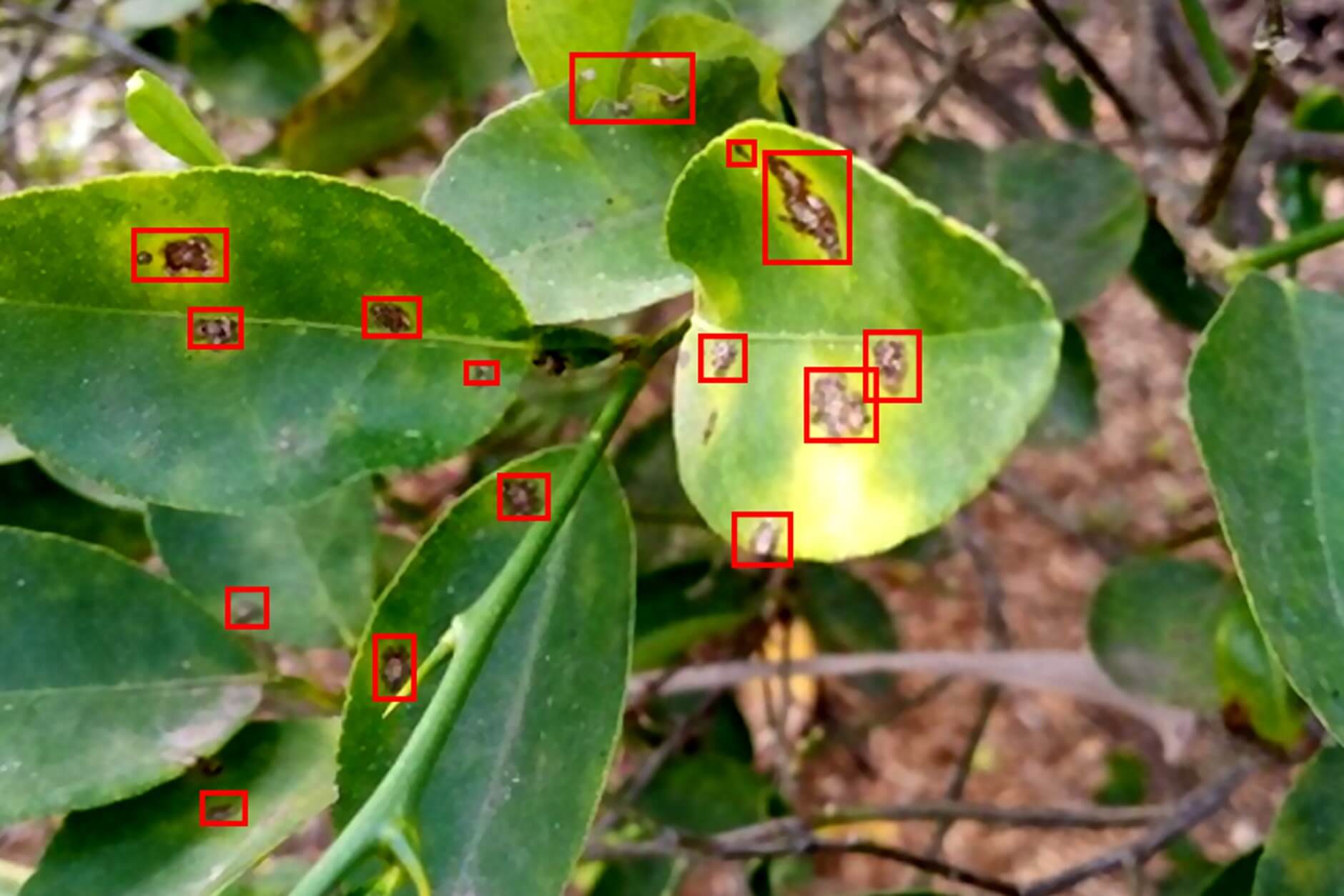
Healthcare
The healthcare industry, especially post-pandemic is gradually adopting the latest technological solutions to streamline and remotely operate patient management, detect illnesses, and determine the ideal treatment for patients.
These advanced technological solutions have resulted in patient-friendly healthcare services, one of which is image annotation. Image annotation helps label medical imaging data thus assisting in quick diagnosis, better treatment, and improved medical accuracy. For instance, the Cradle app helps analyze elementary eye diseases in kids.
Structured datasets
With medical image annotation, it is easier to resize images to match requisite datasets. Such aligned data boost AI and ML model performance and overall healthcare management.
Cancer detection
Medical image segmentation annotation helps predict and diagnose cancer symptoms. Pre-set models label cancer image data to accurately examine cancerous cells. Through super-precise datasets, the trained model identifies granular abnormalities enabling medical practitioners to offer confident diagnoses. This helps eliminate the probability of human errors, facilitating early cancer detection and accurate treatment.
Analyze bone fracture
X-ray provides a glimpse of bone structure to highlight fractured areas. The model is fed with appropriate datasets to analyze the fractured bone accurately.
Dental imaging
This type of imaging provides dentists with a better preview of tooth alignment. They can examine the presence of unwanted cracks or gaps between the teeth if any, and other issues related to the teeth to skip painful incisions. X-ray images are further used to analyze teeth structures and uncover flaws if any.
Track blockages
Bounding boxes are the most common image annotation technique to determine blockage and minute particle presence in the lungs, stomach, and other parts of the body. These blocks are segmented into different sets basis their size. Such datasets aid in effectively locating even the smallest blockage and provide accurate diagnosis and treatment.
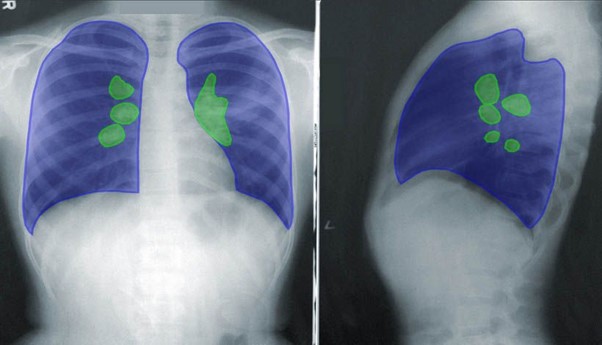
These three industries showcase just the tip of the iceberg of what image annotation has to offer. The technology is making new breakthroughs even in the e-commerce, financial, and manufacturing space to say the least. However, at the end of the day, it all depends on the quality, accuracy, and speed of feeding your algorithms with highly precise and relevant training datasets – an area that’s best mastered with human-in-the-loop technology. To understand the business potential image and other advanced data annotation techniques can bring in terms of minimizing efforts and maximizing revenue contact us today.

